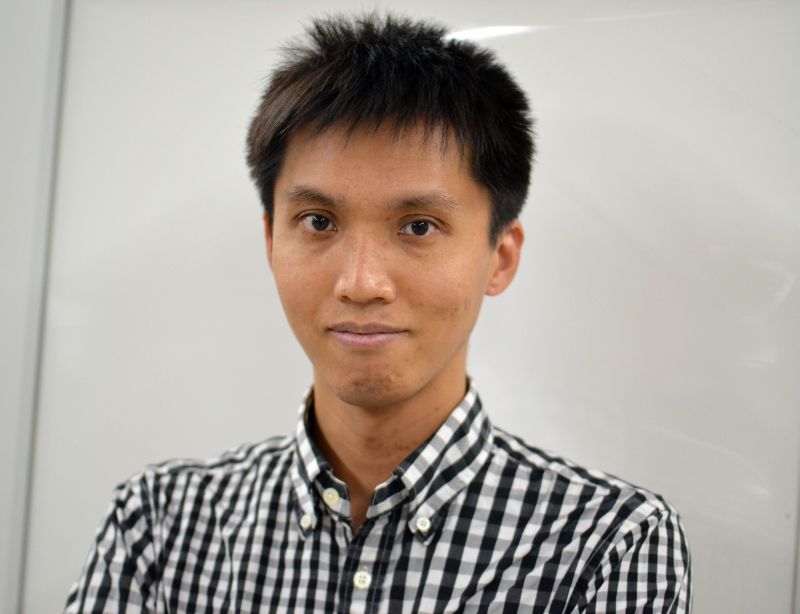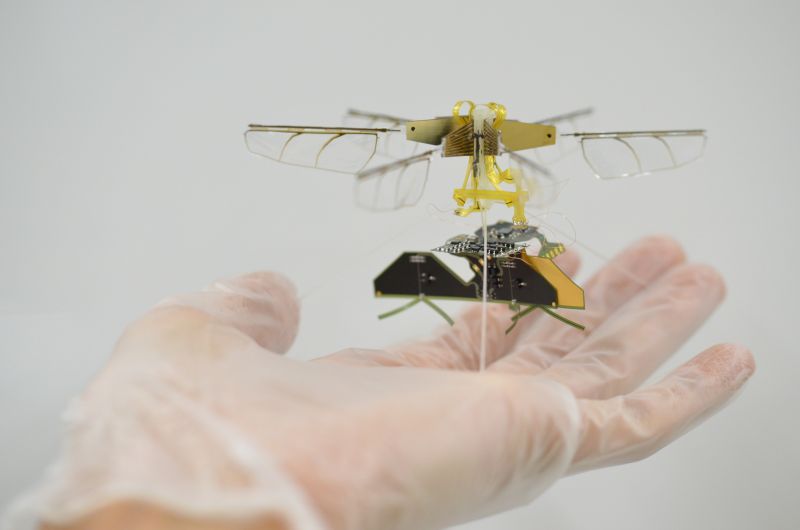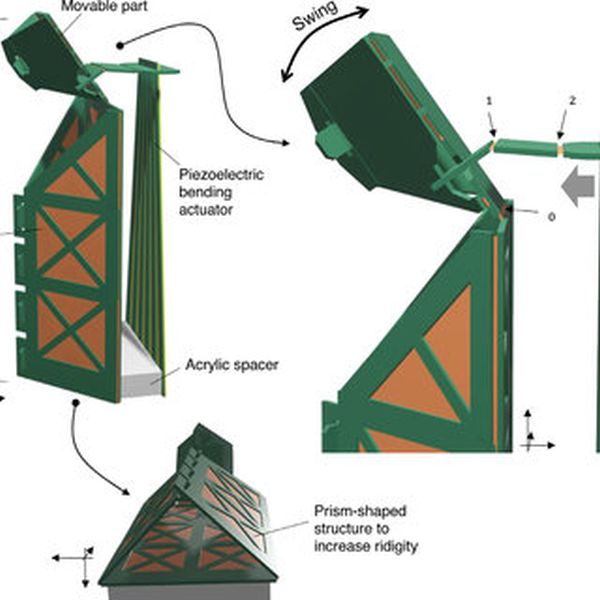
Takashi Ozaki is the frontier research leader at Beyond-X Research Domain, Toyota Central R&D Labs. Inc. Japan. He completed his B.E. and M.E. from Kyoto University. His area of research fields includes – bioinspired actuators and robotics, micro electromechanical systems and microfabrication processes.
He is the lead researcher behind the recent research in RF tech. His paper Wireless RF Powered Insect Scale Aerial Vehicle intrigued me and so we decided to contact him for an interview. We got lucky as he agreed in spite of his busy schedule. So, without much ado, please find Takashi Ozaki himself answering questions on his research and of course his life:
When did you decide to become a research scientist? Was there a specific event that triggered this decision?
As a child, I loved dinosaurs, which led me to become a researcher. At the time, I wanted to be an archaeologist, so my field has changed quite a bit.
You are currently working with Toyota Central R&D Labs., Inc. What is the lab’s research focus?
Our lab is engaged in a wide range of research. Many people tend to think that our lab focuses on automotive. However, in reality, about only half of our research is related to automotive, and we are also involved in many other fields for new businesses and social contributions.
Can you tell us about the cutting-edge RF technology (Wireless RF Powered Insect Scale Aerial Vehicle) research that you are working on? How do you think that will help people?
I believe that there are still various barriers for real-world applications of flying robots such as those developed by our team. This includes emotional/sensitive issues such as whether people are willing to accept a machine that flies around them. Therefore, we believe that the components of our robot, such as a small wireless power supply circuit or a highly efficient piezoelectric actuator will make a practical contribution first.
What applications do you feel are best suited to this technology?
It’s a tough question… As mentioned above, there is still the issue of social acceptance of flying robots, so the applications that can be realized in recent years will be very limited. In realistic terms, applications such as environmental RF power generation may be a good use of this technology.
Do you see any potential drawbacks about RF tech, considering the fact that Radio Frequency technology is critical to many aspects of modern electronics?
The general problem of wireless RF technology is that it is difficult to achieve high efficiency in a stable manner in various situations, whether for communication or power transmission. I believe that efficiency will become more important in the future in terms of carbon neutrality, so breakthroughs in this area are desired.
Electroactive Polymers can revolutionize the entire actuator technology, yet it is still an untapped market. What are your thoughts on it?
In terms of actuator applications, I don’t think there are any EAPs that satisfy all the important performance requirements such as response speed, output power, and low drive voltage. Actuators are a difficult field to innovate in because of the overall performance required.

What are some of the hurdles and specific applications that you envision in the advancement of micro air vehicles?
One of the hurdles is the energy problem, which is the focus of this paper. Another is the aforementioned question of whether people will tolerate it or not. And, as mentioned in your question, whether or not there are appealing (commercially viable) applications.
Nature is saturated with an inspiring source of knowledge. And biomimicry gives an upper edge when it comes to extra capabilities. Does this mean then that there is no limit to what we could achieve with biomimicry?
Yes, I think biomimicry is an extremely advantageous approach. However, there are many cases where it is difficult to reproduce artificially, so I think it is important to combine the best of biomimicry and engineering approaches.
Someone comes up to you and says, “I wanna be just like you. I want to be a Research Scientist”. What advice would you give?
I would like to advise that you should always try everything yourself at least once. The actual experience of having done it before will give you a hint of how to solve unknown problems.

Quick bits:
What is your favorite movie quote?
“What do you mean, Doc? All the best stuff is made in Japan.”, Back to the Future.
Although, in recent years, I feel that the superiority of Japanese technology has been declining considerably.
If you were a superhero what would your powers be?
I would like to use the art of doppelganger (clone), and ask him to carry out tedious experiments.
What is one of the things you would put on your “bucket” list?
I would like to immerse myself in something completely different from research, such as painting.
What will your TED Talk be 10 years from now?
Ten years from now, I hope to be talking about soft robotics/flexible electronics systems that can coexist/interact with humans.
What books should I read in 2022?
I usually read books in Japanese, so I don’t have many to introduce. Although it was released some years ago, the story “The Three-Body Problem” (Cixin Liu, 2015) was quite exciting. Regardless of its scientific validity, the imagination that science fiction gives us can motivate us to tackle new research.
That was indeed an awesome interview. I can’t thank you enough Takashi. Your work is truly an inspiration. We look forward to visit you again and see more of your innovative research. Till then, we wish you all the very best for your future endeavor.



